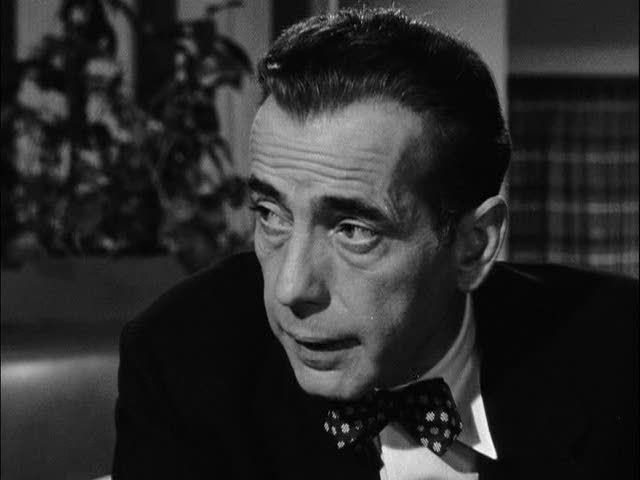
"I was born when she kissed me. I died when she left me. I lived a few weeks while she loved me." These romantic, poetic lines, spoken by Humphrey Bogart's Dix Steele in Nicholas Ray's In a Lonely Place, seem like classic Bogie. Wry, clever, with an undercurrent of melancholy, they're words of love delivered completely without sentimentality or sappiness, the kind of lines that allowed Bogie to be romantic without shedding his tough guy cool. In other ways, though, In a Lonely Place is far from the typical Bogart picture. The film finds the star channeling his charming, wise-cracking persona into much darker territory than usual. Steele is a washed-up Hollywood screenwriter, sick of adapting slick, soulless "epics" into slick, soulless films, but also unable to energize himself into writing anything better. He's reduced to hanging out at bars, drinking and occasionally getting into the violent altercations he's become known for — his temper is so quick it seems like he's mostly just looking for an excuse to punch someone. He becomes a murder suspect after a hat-check girl he took home is strangled and thrown from a car, and despite an alibi from his sexy next-door neighbor Laurel (Gloria Grahame), it's not quite clear whether Steele did or didn't commit the murder. This isn't the typical "wrong man" thriller one would expect from a Hollywood leading man in a situation like this; the audience is invited to question Steele's innocence at every point, and key details that might've pointed in one way or the other are deliberately elided by ellipses.
This ambiguity extends to Laurel as well, who is attracted to Steele for his "interesting" face. It's not certain whether she provides his alibi because she really saw anything, or if she just wants to get closer to him. These tensions and suspicions hang over the couple's relationship from the very beginning, and even as Laurel inspires Steele to begin working harder, the darker side of Steele's personality is always threatening to take over. Nowhere is this darkness more apparent than a remarkable scene where Steele describes a possible murder scenario to a policeman friend and his wife. Steele invites the couple to sit next to each other as though they were the killer and his victim, and he faces them, describing how the strangling might occur. Ray focuses his camera on Bogart's face, illuminated with a bright light, giving him a sinister intensity as he eagerly walks the couple through the killing. It's a chilling scene that leaves Steele's audience, both within the film and those watching the film, visibly shaken.
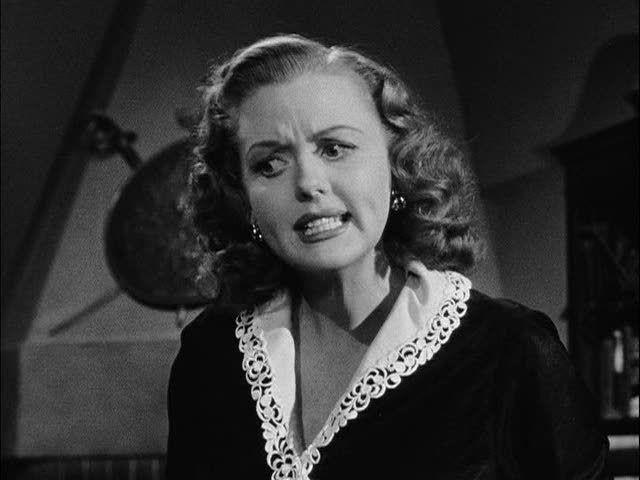
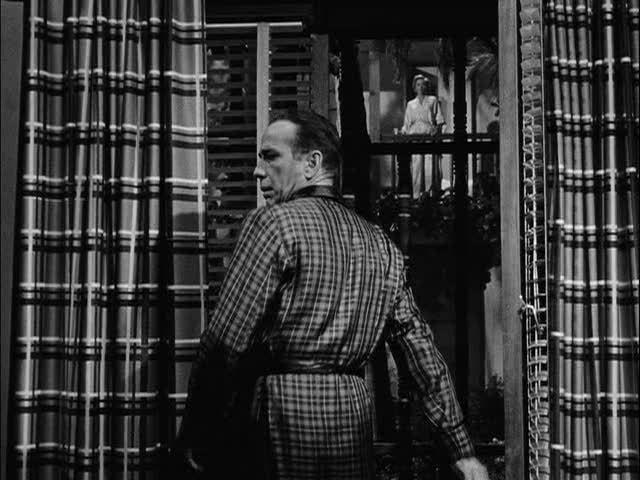



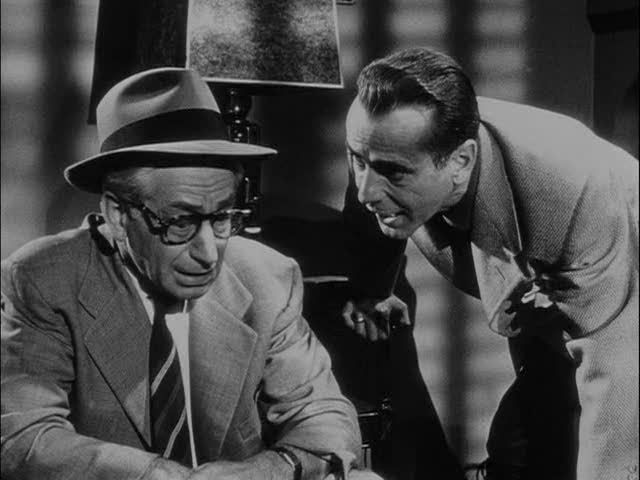
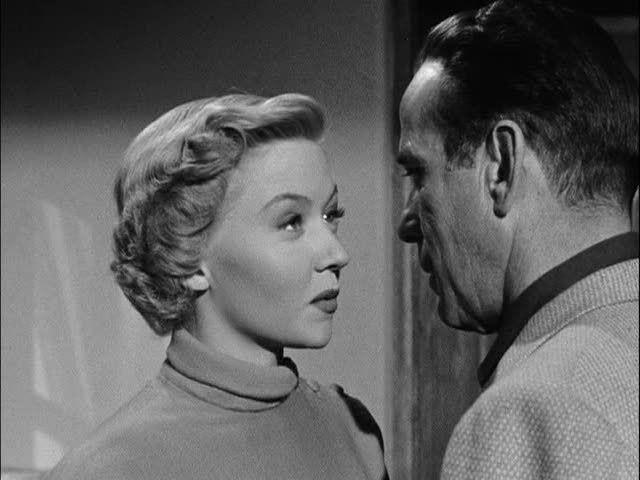

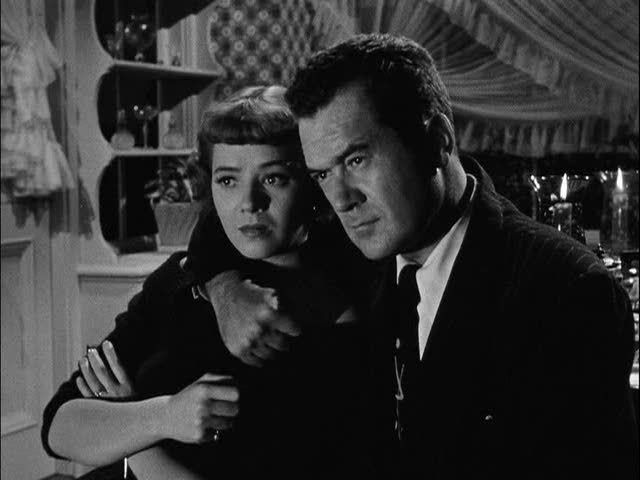

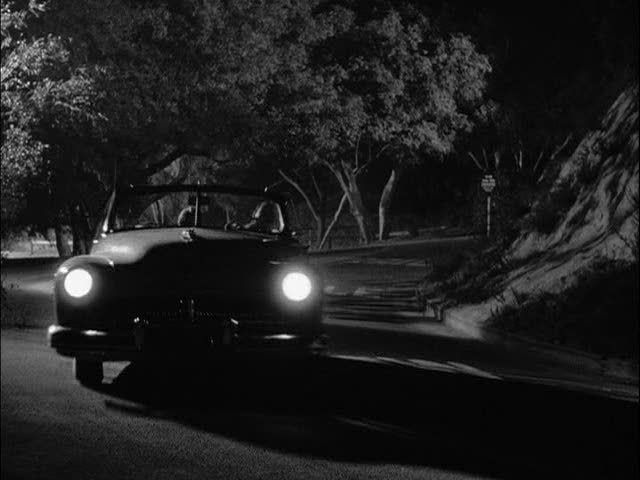
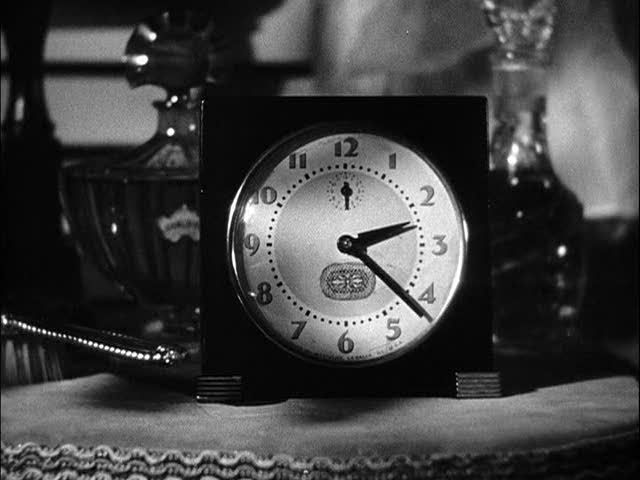
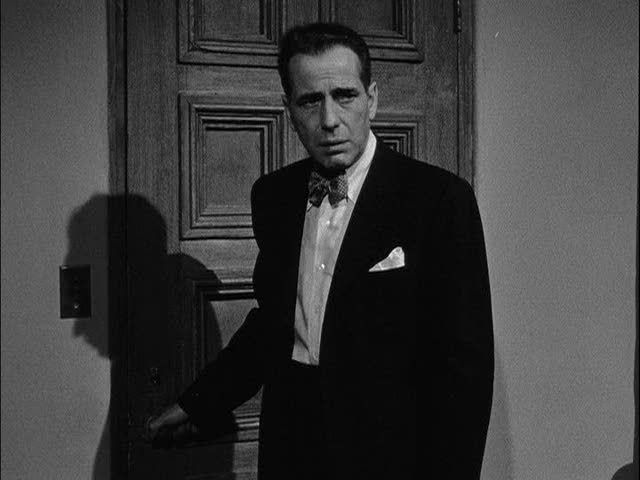







0Awesome Comments!